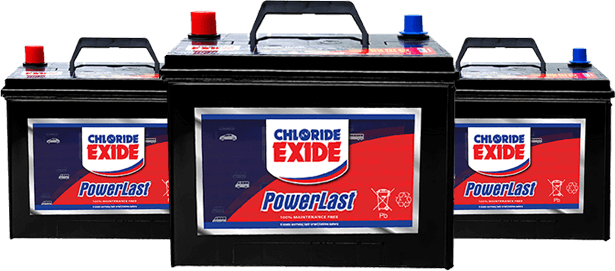
Car Batteries – Key Functions of a Car Battery
Car batteries are the heartbeat of every vehicle, providing the necessary power to start the engine and support all electrical components. Understanding the key functions of an automotive battery and finding the best prices on the market is essential for any car owner. In Uganda, Venjoh Motor Batteries stands out as the premier choice for high-quality and affordable car batteries.
Key Functions of an Automotive Battery
1. Starting the Engine
The primary function of a car battery is to start the engine. When you turn the key in the ignition or push the start button, the battery provides a burst of power to the starter motor, which then turns the engine over. Without a reliable battery, this critical function cannot occur, leaving your vehicle immobile.
2. Powering Electrical Components
Beyond starting the engine, the battery also powers all the electrical components in your car when the engine is off. This includes lights, radio, and dashboard instruments. A good battery ensures that these components function smoothly and efficiently.
3. Stabilizing Voltage
A car battery acts as a stabilizer for the voltage supplied by the alternator. It smooths out any fluctuations and provides a consistent voltage to the electrical system, protecting sensitive electronics from damage due to voltage spikes.
4. Energy Storage
Automotive batteries store energy generated by the alternator. This stored energy is crucial for providing power to the vehicle’s electrical system when the engine is not running, ensuring that your car’s systems, like the alarm and clock, keep running even when parked.
5. Auxiliary Power
In addition to starting the engine and powering basic electrical components, the battery also provides auxiliary power to more advanced systems such as infotainment units, GPS navigation, and safety features like airbags and anti-lock braking systems. Reliable battery performance is crucial for these systems to function effectively.
How does a Car Battery Work

Through a series of Reactions and events to make sure this happens, Let’s have a look at them.
When the battery is in use, a chemical reaction occurs between the lead dioxide on the positive plates and the sponge lead on the negative plates, facilitated by the sulfuric acid in the electrolyte. This reaction produces lead sulfate (PbSO4), water, and releases electrons.
The released electrons flow through the battery terminals and into the vehicle’s electrical system, providing power to start the engine and run electrical components like lights, radio, and dashboard instruments.
When you turn the ignition key or press the start button, the battery sends a high current through the starter motor. This current activates the starter motor, which turns the engine over and starts the vehicle.
Once the engine is running, the alternator takes over. The alternator generates electricity to power the vehicle’s electrical systems and recharge the battery. It does this by converting mechanical energy from the engine into electrical energy.
The battery also acts as a voltage stabilizer, ensuring a consistent voltage level throughout the vehicle’s electrical system. This is crucial for protecting sensitive electronics from voltage spikes that could cause damage.
Detailed Process of Battery Operation
- Discharge Process (Battery in Use)
- Chemical Reaction: Lead dioxide (PbO2) on the positive plate reacts with sulfuric acid (H2SO4) in the electrolyte to produce lead sulfate (PbSO4), water (H2O), and electrons (e-).
- Flow of Electrons: The electrons flow from the negative plates to the positive plates through the vehicle’s electrical system, providing the necessary power.
- Starting the Engine
- High Current Flow: When the ignition is activated, the battery sends a high current to the starter motor.
- Starter Motor Activation: This high current powers the starter motor, which turns the engine’s crankshaft, starting the engine.
- Recharge Process (Engine Running)
- Alternator Function: The alternator generates electricity while the engine is running, converting mechanical energy into electrical energy.
- Battery Recharge: This electrical energy is used to recharge the battery by reversing the chemical reaction, converting lead sulfate (PbSO4) back into lead dioxide (PbO2) and sponge lead (Pb), and replenishing the sulfuric acid in the electrolyte.
Conclusion
A car battery is an essential component that powers the engine start and supports the vehicle’s electrical systems. It operates through a series of chemical reactions that store and release energy as needed. Understanding how a car battery works can help you maintain your vehicle better and ensure a reliable performance. For top-quality car batteries at the best prices in Uganda, consider Venjoh Motor Batteries, a trusted supplier that offers competitive pricing and high-quality products.
